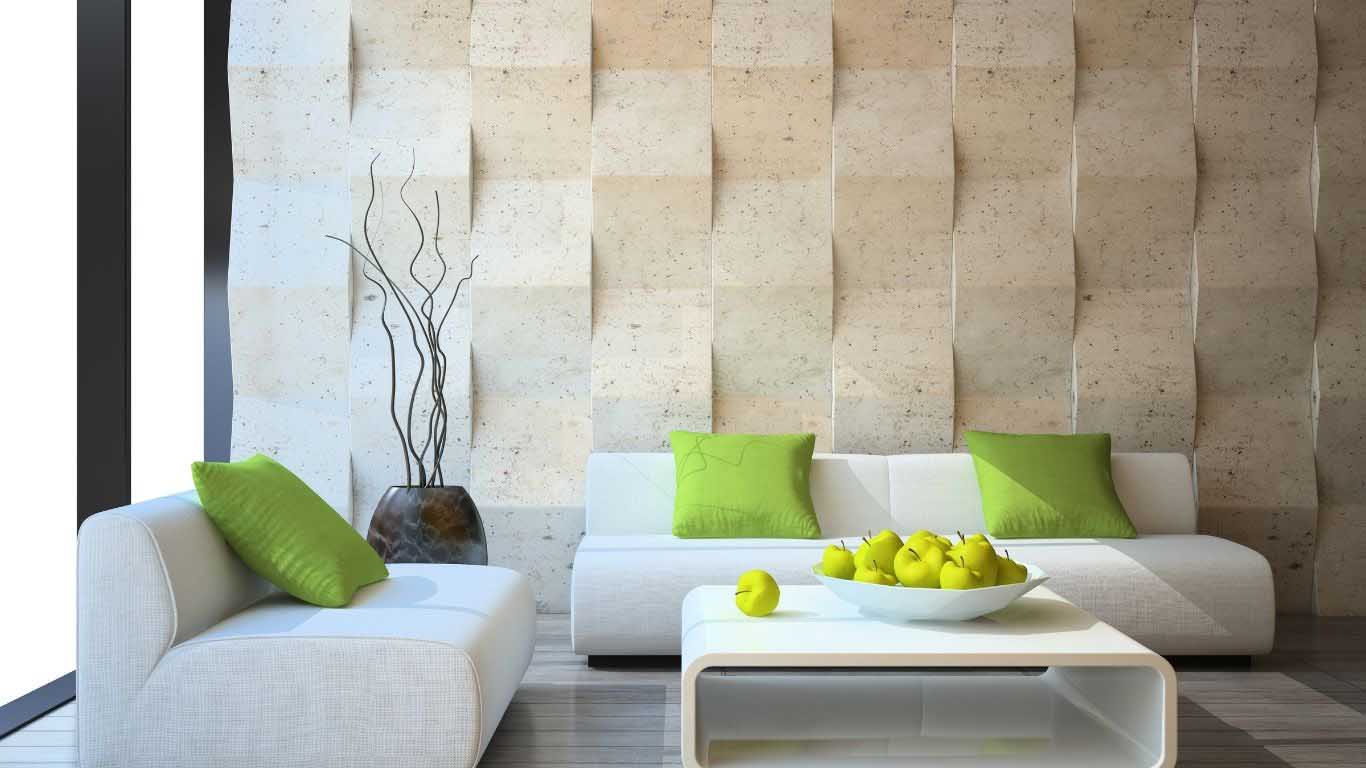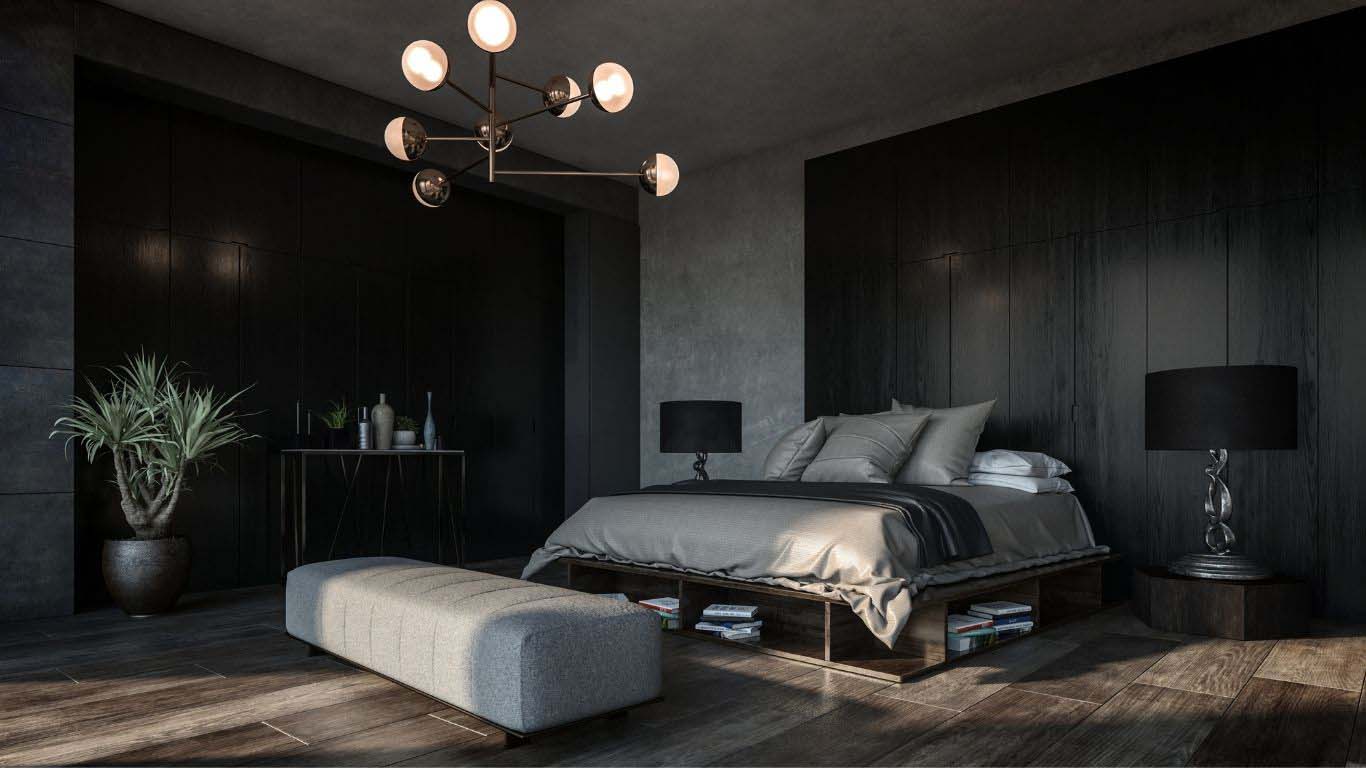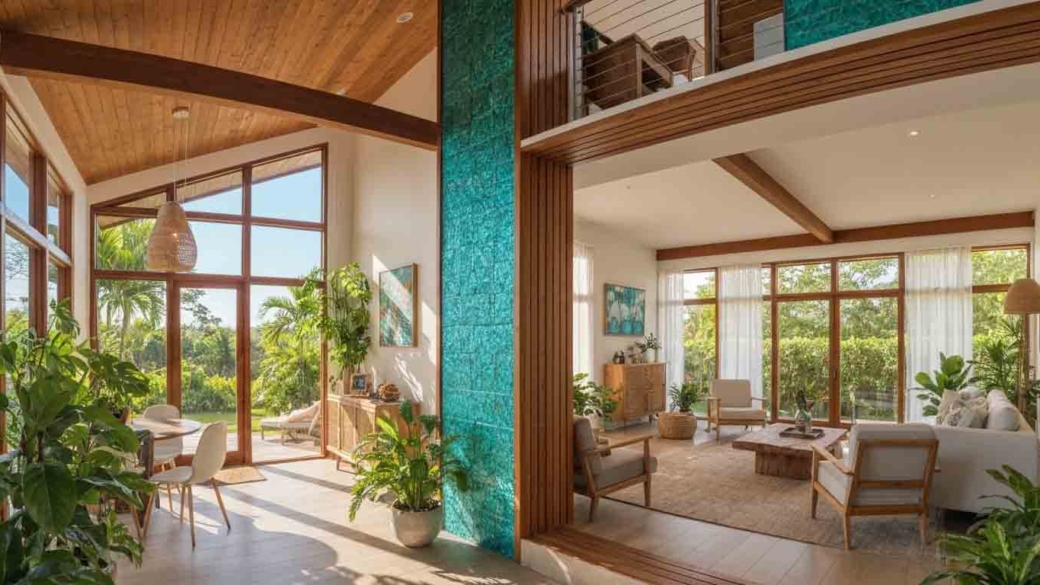Key Highlights
Here’s a quick look at what we’ll cover in this guide to choosing the best insulated interior wall panels for tropical climates:
- Insulated interior wall panels offer superior thermal insulation, which is crucial for maintaining a cool indoor environment.
- These wall panels significantly boost your home’s energy efficiency, leading to lower utility bills.
- They provide excellent moisture resistance, preventing mold growth in humid conditions.
- The installation process is often simpler and faster than traditional wall finishing methods.
- With a variety of decorative finishes, they are a popular choice for modern interior design.
Introduction
Living in a tropical climate means dealing with constant heat and humidity. Are you looking for a way to keep your home cool, comfortable, and stylish? An insulated wall panel might be the perfect solution. These innovative panels do more than just cover your walls; they transform your living space by improving energy efficiency and providing a sleek, modern look. This guide will walk you through everything you need to know, from the benefits and materials to the installation process.
Understanding Insulated Interior Wall Panels for Tropical Climates
Insulated interior wall panels are engineered systems that combine insulation and a finished surface into a single product. Unlike standard wall coverings, their primary feature is exceptional thermal performance, which is a game-changer in tropical climates.
By creating a barrier against external heat, these wall panels help maintain a stable, cool indoor temperature. This boost in energy efficiency means your air conditioning system works less, leading to noticeable savings on your energy bills. But how do they truly differ from the insulation you might already have?
What Sets Insulated Interior Wall Panels Apart from Traditional Options
Traditional options, like fiberglass batts installed between studs and covered with drywall, involve a multi-step, labor-intensive process. You have to handle the insulation, hang the drywall, then mud, tape, and paint it. It’s a lot of work and creates a significant mess.
An insulated wall panel, on the other hand, is an all-in-one solution. These wall panels integrate the insulation and the finished surface, streamlining the installation process dramatically. You get superior thermal insulation without the multiple layers and steps required by older methods.
This integrated design not only saves time and labor but also often results in a more consistent and effective insulating layer. With insulated interior wall panels, you are installing a complete, high-performance wall system in one go, making them a more efficient choice from start to finish.
Why Insulated Interior Wall Panels are Ideal for Hot and Humid Environments
The constant heat and humidity in hot environments present unique challenges for building materials. Insulated interior wall panels are specifically designed to tackle these issues head-on, delivering excellent thermal performance when it matters most. They create a powerful thermal barrier that blocks solar heat from penetrating your walls, which is key to better energy efficiency.
Furthermore, humidity can lead to moisture buildup within walls, creating a breeding ground for mold growth. Insulated interior wall panels are manufactured to resist moisture, protecting your home’s structural integrity and your family’s health. This built-in durability ensures they perform well even under harsh weather conditions.
Their ability to manage both heat and moisture makes them a far superior choice compared to traditional materials that can degrade or become ineffective in persistently damp conditions. This makes insulated interior wall panels a truly smart investment for tropical living.
Main Benefits of Using Insulated Interior Wall Panels in Homes

So, what are the main advantages of choosing insulated interior wall panels for your home? The key benefits go beyond just looking good. Their greatest advantage is a significant improvement in energy efficiency, which translates directly into lower energy bills each month.
These panels also help create a more comfortable and peaceful living space by controlling temperature and reducing noise. Thanks to these functional perks and their stylish appearance, they have become a popular choice for homeowners everywhere. Let’s explore these benefits in more detail.
Enhanced Temperature Control and Energy Efficiency
Yes, insulated interior wall panels are incredibly effective at lowering energy costs. Their core function is to provide excellent thermal insulation, which minimizes heat transfer between the outside and inside of your home. In a tropical climate, this means less heat gets in, so your air conditioner doesn’t have to work as hard to keep your space cool.
As the U.S. Department of Energy states, “insulation is one of the most practical and cost-effective ways to make a house more energy-efficient, keeping it cool in the summer and warm in the winter.” The high thermal performance of these panels ensures consistent indoor temperatures, reducing the strain on your HVAC system and, consequently, your energy bills.
This improved energy efficiency offers several advantages:
- Reduces monthly cooling costs.
- Creates a more comfortable living environment year-round.
- Decreases your home’s carbon footprint.
- Prevents heat gain during hot summer days.
Improved Moisture Resistance and Durability
In humid climates, moisture infiltration is a serious concern that can lead to structural damage and unhealthy mold growth. Insulated interior wall panels are manufactured with materials that are inherently resistant to moisture, providing a crucial line of defense for your home.
Unlike traditional drywall, which can absorb moisture and deteriorate, these panels maintain their integrity even in damp conditions. The solid layer of insulation and durable facing materials prevent moisture from seeping into your walls, protecting your home from the inside out. This makes them ideal for withstanding harsh weather conditions.
Their robust construction ensures long-lasting performance with minimal maintenance.
- Prevents the growth of mold and mildew.
- Protects the structural integrity of your walls.
- Built to last with durable, high-quality materials.
- Requires very little upkeep to stay in top condition.
Soundproofing and Safety Features
Beyond temperature and moisture control, insulated interior wall panels offer the added benefits of soundproofing and enhanced fire safety. The dense core materials used in these panels are excellent at dampening sound, leading to significant noise reduction. Whether you want to block out noise from a bustling city or create quiet zones within your home, these panels help create a more peaceful living space.
Safety is another critical consideration. Many insulated interior wall panels are manufactured with fire-resistant materials that can help slow the spread of flames in the event of a fire. They are often designed to meet strict fire safety codes, providing you and your family with an extra layer of protection and peace of mind.
Combining noise reduction and improved safety, these panels contribute to a more secure and serene home environment. They are a multi-functional solution that enhances not just the comfort but also the safety of your living space.
Key Materials Used in Insulated Interior Wall Panels
The effectiveness of insulated interior wall panels comes from the smart combination of materials used in their construction. The choice of insulation material is critical for achieving superior insulation and thermal performance. These core materials are sandwiched between outer layers that provide structural integrity and a decorative finish.
These composite wall panels, often known as structural insulated panels (SIPs), are engineered for strength and efficiency. Understanding the different core and surface materials available will help you choose the right product for your needs.
Popular Core Materials for Insulation Performance
The heart of structural insulated panels is the core insulation material, which dictates their thermal performance. Common core materials include various types of rigid foam, each offering distinct advantages for better insulation. Expanded Polystyrene (EPS) is a cost-effective and versatile option, while Extruded Polystyrene (XPS) offers greater moisture resistance and compressive strength.
Polyurethane (PUR) and Polyisocyanurate (PIR) provide the highest R-values per inch, making them excellent choices where space is limited but high thermal performance is needed. These core materials are what make insulated interior wall panels so effective.
Here is a simple comparison of popular core materials:
Core Material | Key Features |
Expanded Polystyrene (EPS) | Lightweight, cost-effective, and good thermal resistance. |
Extruded Polystyrene (XPS) | Higher density, greater moisture resistance, and strength. |
Polyurethane (PUR/PIR) | Highest insulation value per inch, excellent fire resistance (PIR). |
Decorative Surfaces and Finishes Available for Modern Interiors
Absolutely! The days of insulation being purely functional and hidden are over. Today’s insulated interior wall panels come with a wide array of decorative surfaces and various finishes, allowing you to merge performance with style. At Panneli, we believe walls are opportunities for expression, and our panels reflect that philosophy.
You can choose from finishes that replicate the warmth of natural wood, the sleekness of metal, or the texture of fabric. Whether you want a perfectly smooth surface for a minimalist aesthetic or a textured panel to create a focal point, the options are endless. These decorative surfaces can help you achieve a modern look instantly.
This versatility means you don’t have to sacrifice design for functionality. You can create a seamless look that integrates perfectly with your existing decor or design a bold new space from scratch. Panneli specializes in high-quality, customizable wall panels that can transform any blank wall into a dynamic visual statement.
How to Select the Right Insulated Interior Wall Panels for Your Project

Choosing the right insulated interior wall panels can be overwhelming with the numerous options available. The first step is to assess your project’s specific needs. Are you prioritizing energy efficiency, soundproofing, or aesthetic appeal? Your answer will help you narrow down the best insulation material and finish.
Considering the climate is essential, especially in tropical regions where heat and humidity are constant factors. Proper wall paneling is an investment in your home’s comfort and value. The following sections will guide you through the key criteria to consider.
Essential Criteria: Panel Thickness, R-Value, and Performance
When evaluating performance, the R-value is more important than panel thickness alone. R-value measures a material’s resistance to heat flow—the higher the R-value, the better it insulates. For tropical climates, a higher R-value is crucial for creating an effective thermal barrier against the sun’s heat.
While thicker panels generally have higher R-values, the type of insulation core also plays a significant role. A slim panel with a high-performance core like polyurethane might insulate better than a thicker panel with a lower-grade core. You want a panel that provides the right balance of performance and aesthetics.
Here are the essential criteria to consider:
- R-Value: Prioritize a higher R-value for maximum thermal performance in hot climates.
- Core Material: Choose a material that aligns with your insulation and moisture-resistance needs.
- Panel Thickness: Ensure the thickness fits your space without compromising performance.
- Finish and Durability: Select an effective finish that is durable and easy to maintain.
Style Choices: Colors, Patterns, and Customization Options
Functionality is key, but style is what brings your vision to life. Insulated interior wall panels offer a wealth of creative possibilities with a vast selection of colors, patterns, and textures. You can select from classic neutrals to bold statement hues that reflect your personal taste.
Panneli specializes in creating tailor-made wall panel solutions that allow you to craft a unique design. Whether you’re drawn to the intricate patterns of our Fabric Loom Collection or the rich finishes of our Wood Grain Collection, you can customize your panels to elevate the aesthetic appeal of your interiors.
These decorative surfaces turn a functional building material into a central design feature. You can mix and match different styles to define spaces, create accent walls, or build a cohesive theme throughout your home. The goal is to transform your walls into a canvas for expression and identity.
Where to Buy Quality Insulated Interior Wall Panels Online
Finding a reliable source for high-quality insulated interior wall panels online is crucial for your project’s success. Your top choice should be a company that offers not just a great product but also expertise and customization. Panneli stands out by providing premium, customizable panels designed to redefine interiors.
One of the best things about working with a specialized company like Panneli is the comprehensive service. From initial consultation to final installation support, we guide you through the process, ensuring your vision is realized perfectly. You can explore our collections online and request a consultation directly from our website.
Why is Panneli a top choice for your project?
- Customized Designs: We create tailor-made solutions to match your unique vision.
- Premium Quality: Our panels are crafted from high-grade materials for durability and a modern look.
- Expert Guidance: We assist you in choosing the perfect textures and colors.
- Seamless Experience: We strive to make the process from design to delivery stress-free.
Installation Guidance for Insulated Interior Wall Panels

The installation process for insulated interior wall panels is designed to be an efficient process, often much faster than traditional methods. Many homeowners with DIY experience find it to be a manageable project, making for an easy installation that can be completed over a weekend.
However, proper installation is essential to ensure the panels perform as intended. Whether you decide to do it yourself or hire a professional, understanding the basic steps is important. We’ll explore the considerations for both options and provide an overview of the process.
DIY Versus Professional Installation Considerations
Deciding between a DIY project and professional installation depends on your skill level, budget, and timeline. A DIY approach can save you significant labor costs and give you a sense of accomplishment. If you are comfortable with basic carpentry tools and precise measurements, installing insulated interior wall panels yourself is a viable option.
However, hiring a professional ensures proper installation and a flawless, effective finish. Professionals have the experience to handle unexpected challenges, like uneven walls, and can typically complete the job faster. While it involves higher upfront costs, it guarantees the panels are installed to maximize their thermal and acoustic benefits.
Consider the following points:
- DIY: Lower cost, but requires time, skill, and the right tools.
- Professional: Higher cost, but ensures a quick, high-quality installation and peace of mind.
- Complexity: A simple accent wall is more DIY-friendly than an entire room with complex cuts.
- Warranty: Some manufacturer warranties may require professional installation.
Step-by-Step Overview for Installing Panels Correctly
Ready to start the installation process? The first step is always preparation. A clean, dry, and smooth wall surface is essential for the panels to adhere correctly. Once your wall is ready, you can begin the installation.
The process involves careful measuring, cutting, and application of adhesive. Using the right tools, like a sharp utility knife for cutting and a caulking gun for applying construction adhesive, will make the job much easier. Work methodically from one corner of the wall to the other, ensuring each panel fits snugly against the next.
Here is a quick step-by-step overview:
- Prepare the wall by cleaning and smoothing the surface.
- Measure the wall and cut the panels to the desired size.
- Apply construction adhesive to the back of each panel in a zigzag pattern.
- Press the first panel firmly onto the wall, starting in a corner.
- Use a level to ensure the panel is perfectly straight.
- Install subsequent panels, fitting them tightly together.
- Seal the joints between panels with caulk for a clean finish.
- Add trim around the edges for a polished look.
Frequently Asked Questions (FAQ)
Insulated interior wall panels often raise questions from homeowners and designers alike. Common inquiries include the effectiveness of different insulation materials and their role in enhancing energy efficiency. Many wonder about the installation process, especially regarding ease of installation and labor costs. The benefits of insulated interior wall panels, such as noise reduction and thermal performance, also pique interest. Understanding proper maintenance and fire safety features is essential, ensuring a more comfortable living environment with reduced energy bills.
Are insulated interior wall panels effective at reducing energy costs?
Yes, they are highly effective. By providing superior thermal insulation, insulated interior wall panels significantly improve energy efficiency. They reduce heat loss in winter and heat gain in summer, which means your HVAC system runs less often, leading to a noticeable decrease in your monthly energy costs.
How thick should insulated interior wall panels be for tropical climates?
For tropical climates, focus on the R-value more than the panel thickness. A higher R-value indicates better resistance to heat transfer. Look for panels with a high R-value to create an effective thermal barrier that keeps your home cool, regardless of the exact thickness.
Can I update the look of my space with decorative insulated interior wall panels?
Absolutely. Decorative insulated interior wall panels are a fantastic way to update the aesthetic appeal of your interiors. This type of wall paneling comes in various finishes, colors, and textures—from wood grain to metallic—allowing you to achieve a custom, modern look while adding insulation.
Conclusion
In conclusion, selecting the right insulated interior wall panels for tropical climates can greatly enhance the comfort and energy efficiency of your space. These panels not only provide effective insulation against heat and humidity but also offer moisture resistance and soundproofing benefits. By considering factors like panel thickness, R-value, and aesthetic choices, you can choose panels that align with your design vision and functional needs. Don’t hesitate to explore various customization options available to make your interiors truly unique. If you’re ready to enhance your space, get quotes today and discover how insulated interior wall panels can transform your environment into a stylish and comfortable haven.



